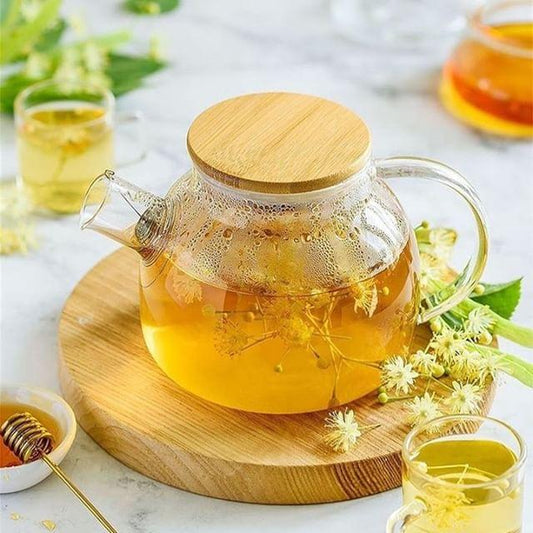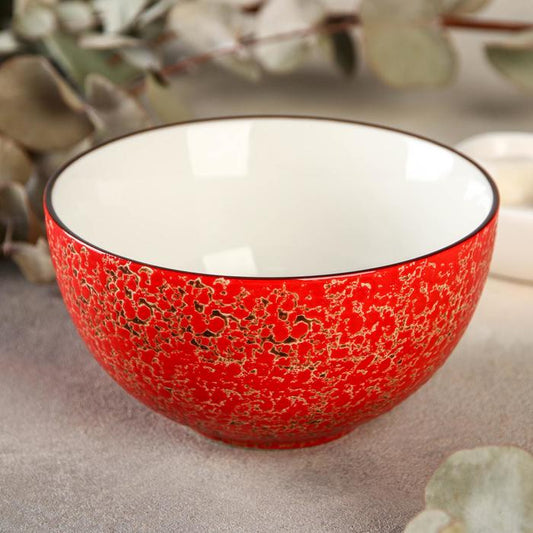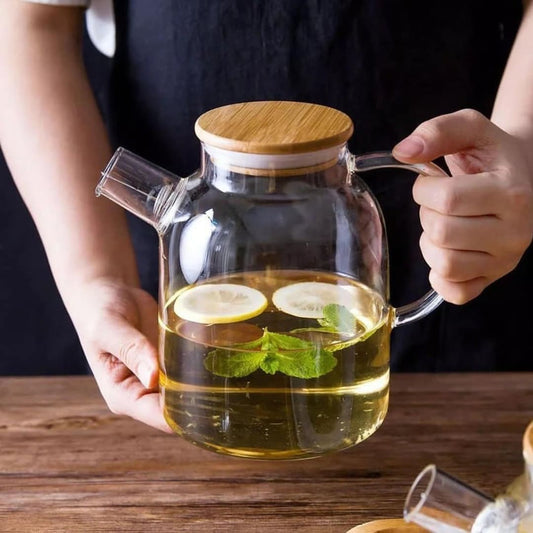Zero-Waste Kitchen: Tips for Going Plastic-Free

In a world where single-use plastics dominate the kitchen, adopting a zero-waste approach can significantly reduce environmental impact while promoting sustainability. By making simple swaps and mindful choices, you can eliminate plastic waste, store food efficiently, and shop smarter. This guide explores alternatives to single-use plastics, ideas for bulk shopping, and strategies for storing produce effectively—all while maintaining a functional, eco-friendly kitchen.
1. Why Go Plastic-Free in the Kitchen?
✔ Reduces Plastic Pollution – Less waste in landfills and oceans.
✔ Healthier for You – Avoids chemicals from plastic packaging.
✔ Saves Money – Reusable options last longer than disposable plastic.
✔ Supports Sustainability – Encourages conscious consumer choices.
A zero-waste kitchen isn’t just about reducing plastic—it’s about creating a healthier, more efficient space with sustainable habits.
2. Alternatives to Single-Use Plastics
🔹 Plastic Bags → Reusable Cloth Bags
- Swap plastic produce bags for cotton or mesh bags.
- Use large canvas bags for grocery shopping.
🔹 Plastic Wrap → Beeswax Wraps or Silicone Lids
- Beeswax wraps mold to containers and keep food fresh.
- Silicone stretch lids fit over bowls and jars.
🔹 Plastic Containers → Glass or Stainless Steel
- Store leftovers in glass jars or stainless steel tins instead of plastic tubs.
- Mason jars are perfect for sauces, grains, and dry goods.
🔹 Plastic Straws → Reusable Metal or Bamboo Straws
- Invest in stainless steel, bamboo, or silicone straws.
🔹 Plastic Bottles → Refillable Water Bottles
- A stainless steel or glass water bottle eliminates single-use plastic.
🔹 Plastic Cutlery → Wooden or Stainless Steel Utensils
- Carry a travel utensil set to avoid disposable plastic cutlery.
🔹 Plastic Dish Sponges → Compostable Sponges or Brushes
- Use natural loofahs, bamboo brushes, or compostable sponges instead of plastic scrubbers.
✨ Bonus Tip: When replacing plastic items, use what you already have first instead of throwing things away immediately.
3. How to Shop for Groceries Without Plastic
🛒 Shop in Bulk
- Bring your own glass jars, cloth bags, or stainless steel containers.
- Buy grains, nuts, flour, and spices from bulk bins.
- Many stores allow you to bring your own containers—ask before filling up!
🌿 Choose Minimal or Compostable Packaging
- Buy fruits and vegetables loose instead of in plastic packaging.
- Look for products in cardboard, glass, or paper packaging.
- Support brands using biodegradable or compostable materials.
🏪 Visit Farmers Markets
- Bring reusable produce bags and avoid pre-packaged items.
- Some vendors allow you to return egg cartons, berry baskets, or glass bottles for reuse.
🚫 Say No to Receipts
- Opt for digital receipts instead of paper with plastic-coated ink.
4. Smart Ways to Store Produce Without Plastic
Keeping food fresh without plastic is easier than you think!
🥕 Vegetables
- Leafy Greens: Wrap in a damp towel and store in a glass container or produce drawer.
- Carrots, Celery, Radishes: Store in a jar of water in the fridge to keep crisp.
- Onions & Garlic: Store in a cool, dark place (not the fridge).
🍎 Fruits
- Berries: Keep in a glass container with a breathable lid.
- Apples & Citrus: Store in a cool, dry place outside the fridge.
- Bananas: Keep separate from other fruits to slow ripening.
🥖 Bread & Baked Goods
- Store in a cotton or linen bread bag instead of plastic.
- Freeze extra bread wrapped in a beeswax wrap or cloth.
🥜 Dry Goods & Snacks
- Use glass jars, metal tins, or cotton bags for grains, nuts, and seeds.
- Store coffee and tea in airtight glass containers.
✨ Bonus Tip: Label jars and bags with chalk markers or paper tags for easy identification.
5. Creating a Waste-Free Kitchen Routine
🔹 Compost Food Scraps
- Set up a compost bin for fruit peels, coffee grounds, and vegetable scraps.
🔹 Repurpose Food Scraps
- Vegetable Scraps → Make homemade broth.
- Citrus Peels → Infuse water, clean surfaces, or make DIY candles.
- Coffee Grounds → Use as garden fertilizer or a natural scrub.
🔹 Make DIY Cleaning Products
- Use vinegar, baking soda, and lemon for chemical-free cleaning.
🔹 Batch Cook & Meal Plan
- Preparing meals in advance reduces food waste and packaging from takeout.
6. How to Transition to a Zero-Waste Kitchen
1️⃣ Start Small – Choose one or two swaps at a time instead of overhauling everything.
2️⃣ Use What You Have First – Don’t throw away plastic items—reuse them until they wear out.
3️⃣ Invest in Reusables Gradually – Replace plastic with sustainable options as needed.
4️⃣ Educate & Involve Family – Encourage a household commitment to reducing waste.
5️⃣ Support Sustainable Brands – Choose companies that use plastic-free packaging.
Going zero-waste isn’t about perfection—it’s about making conscious choices that reduce plastic waste one step at a time.
7. Final Thoughts: A Plastic-Free Kitchen for a Sustainable Future
Transitioning to a zero-waste kitchen isn’t just good for the planet—it’s a healthier, more sustainable way to cook, shop, and store food. By making small, intentional changes like swapping plastic for reusables, shopping in bulk, and storing food smartly, you can create a kitchen that is both eco-friendly and efficient.
🌍 Ready to start your plastic-free journey? Try one swap today and see how simple it is to make a difference! 🌱♻️
Share:





